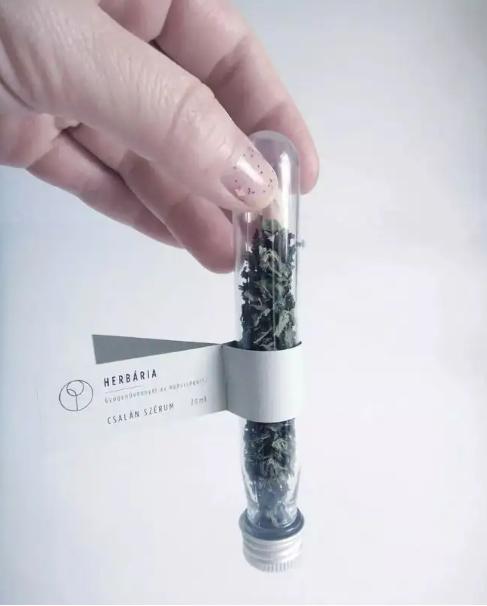In 2019, the U.S. FDA announced a new proposal stating that among the 16 sunscreen active ingredients currently on the U.S. market, zinc oxide and titanium dioxide are added to sunscreen products as “GRASE” (Generally recognized as safe and effective). PABA and Trolamine Salicylate are not ”GRASE” for use in sunscreens due to safety issues. However, this content is taken out of context, and it is understood that only physical sunscreen agents-nano zinc oxide and titanium dioxide-are safe and effective in sunscreen active ingredients, the other chemical sunscreen agents are not safe and effective. In fact, the correct understanding is that although the US FDA considers nano-zinc oxide and titanium dioxide to be “GRASE”, it does not mean that the other 12 chemical sunscreen agents are not GRASE, but they still lack sufficient safety data to demonstrate. At the same time, the FDA is also asking relevant companies to provide more safety support data.
In addition,the FDA also conducted a clinical trial on “sunscreen absorption through the skin into the blood” and found that some sunscreen active ingredients in sunscreens, if absorbed by the body at a high level, may cause health problems. risk. As soon as the results of the experiment were published, they aroused widespread discussion around the world, and gradually caused misunderstanding by ordinary consumers who did not know the truth. They directly believed that sunscreens can enter the blood and are unsafe for the human body, and even one-sidedly believed that sunscreens were harmful to health and could not be used.
It is reported that the FDA recruited 24 volunteers, divided into 4 groups, and tested sunscreens containing 4 different sunscreens in the formula. First ly , the volunteers contributed 75% of the whole body skin, according to the standard dosage of 2mg/cm2, 4 times a day for 4 consecutive days to use sunscreen. Then, blood samples of volunteers were collected for 7 consecutive days and the content of sunscreen in the blood was tested. Studies have shown that the skin area of an adult is about 1.5-2 ㎡ . Assuming an average value of 1.8 ㎡ , if calculated according to the standard amount, sunscreen use d by the volunteers is about 2×1.8×10000/1000=36g in the experiment , and the amount for 4 times a day is 36×4= 144g. Usually, t he facial skin area is about 300-350cm² , one application of sunscreen is enough to protect the entire day. In this way, the calculated usage amount is 2×350/1000=0.7g, even if the repaint is included, it is about 1 .0 ~1.5g. If take s the maximum amount of 1.5 grams, the calculation is 144/1.5=96 times .And the amount of sunscreen used by volunteers for 4 consecutive days is 144×4=576g, while the daily amount of sunscreen used by ordinary people for 4 days is 1.5×4=6g. Therefore, the difference between the dosage of 576 grams and 6 grams of sunscreen is very large and the impact is obvious.
The sunscreens tested by the FDA in this experiment were benzophenone-3, octoclilin, avobenzone, and TDSA. Among them, only the detection data of benzophenone-3 far exceeds the so-called “safety value”, about 400 times exceeding the standard, octocrylene and avobenzone are both within 10 times, and p-xylylenedicamphorsulfonic acid It is not detected.
Theoretically, continuous high-intensity use of sunscreen will cause a cumulative effect. It is not surprising that even sunscreens are detected in the blood under such extreme test conditions. Sunscreens have been approved and used for more than decades, many countries have regulated sunscreens as medicines, and so far there is not enough research data to prove that they have systemic side effects on the human body.

Post time: Sep-09-2022




